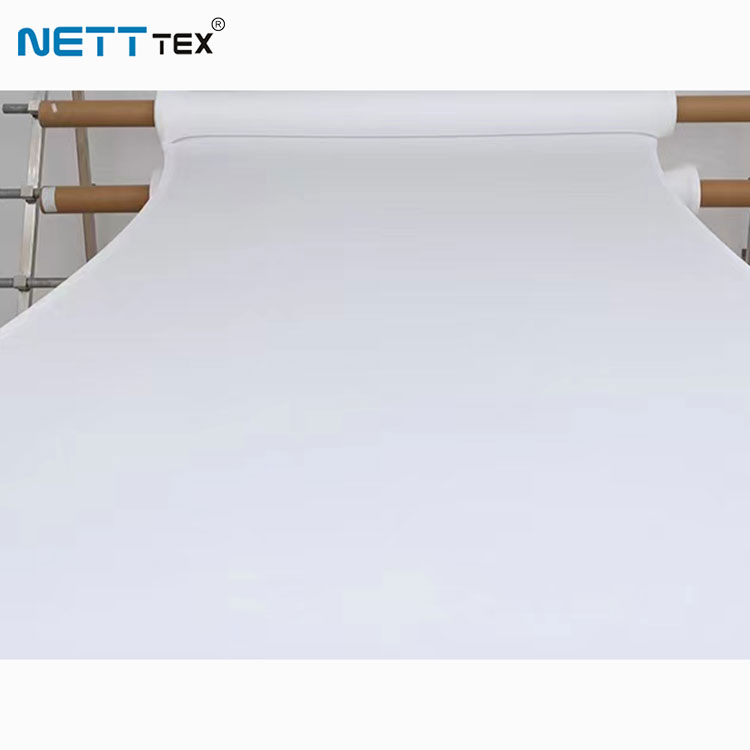How does PTFE Membrane Achieve Breathability and Impermeability?
The waterproof and breathable function of PTFE membrane originates from the synergistic mechanism of microporous structural characteristics and surface chemical properties. The material uses a biaxial stretching process to construct a three-dimensional network of holes from nanometers to micrometers, and the inner wall of the pore is composed of highly oriented PTFE fiber bundles stacked. The spatial distribution of the pore structure follows the rules of fractal geometry, and the pore size changes show a logarithmic normal distribution pattern, forming a multi-scale gradient transition filtration interface layer.

The selective permeation of water molecules and air molecules in PTFE membrane is based on the kinetic energy difference and surface tension effect of these two substances. Liquid water forms a cluster structure due to hydrogen bonding, and its equivalent diameter far exceeds the size of the membrane pore throat. Under the super-hydrophobic characteristics of the solid-liquid interface contact angle exceeding 150 degrees, it cannot invade the pore due to surface tension constraints.
The charge distribution characteristics of PTFE membrane materials further enhance the selective permeability. The strong electronegativity of polytetrafluoroethylene molecular chains causes the inner wall of the pore to form a dipole matrix column, generating electrostatic repulsion to prevent charged droplets from approaching. Due to the difference in polarizability of gas molecules, their transmission rate is regulated by the electric field gradient, realizing the dynamic separation of wet and dry air.
In high temperature environment, the micro-Brownian motion of PTFE membrane molecular segments intensifies, resulting in an adaptive increase in porosity, compensating for the thermal attenuation effect of gas transmission efficiency. Under low temperature conditions, the crystallized area enhances the mechanical strength of the pore structure to avoid structural damage caused by ice crystal growth.




